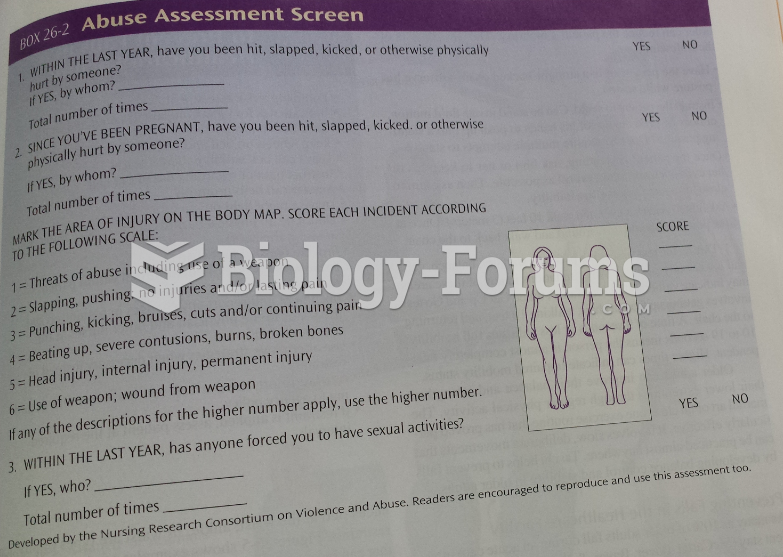Answer to Question 1
ANS: B
Sibling position, a concept originally developed by Walter Toman (1992), refers to a belief that sibling positions shape relationships and influence a person's expression of behavioral characteristics. Each sibling position has its own strengths and weaknesses. This concept helps explain why siblings in the same family can exhibit very different characteristics. Murray Bowen's family systems theory conceptualizes the family as an interactive emotional unit. Bowen believed that family members assume reciprocal family roles, develop automatic communication patterns, and react to each other in predictable, connected ways, particularly when family anxiety is high. Medalie and Cole-Kelly describe the course of chronic illness as being a series of crises with relatively stable times in between McCubbin & McCubbin's Resiliency Model of Family Stress, Adjustment, and Adaptation is considered the most extensively studied model of family coping with traumatic and chronic illness. In this model, A (an event) interacts with B (resources) and with C (family's perception of the event) to produce X (the crisis).
Answer to Question 2
ANS: C
Interventive questioning is a nursing intervention that nurses can use with their client families to identify family strengths; help family members sort out their personal fears, concerns, and challenges in health care situations; and provide a vehicle for exploring alternative options. Questionins can be either linear or circular. Circular questions focus on family interrelationships and the impact a serious health alteration has on individual family members and the equilibrium of the family system. The systems principle of equifinality describes how the same outcome, or end state, can be reached through different pathways. This principle helps explain why some individuals at high risk for poor outcomes do not develop maladaptive behaviors. Boundaries, defined as invisible limits surrounding the family unit, protect the integrity of the family system. Boundaries draw a line in the sand by identifying what belongs within the family system and what is external to it. They define the level of participation between family members. Clear generational boundaries provide security for family members by, for example, setting legitimate limits with children and balancing individual needs with the demands of caring for the needs of chronically ill family members. Boundaries regulate the flow of information into and out of the family. Permeable boundaries welcome interactions with others and allow information to flow freely. Families with clear, permeable boundaries are better able to balance the demands of the illness with other family needs and can communicate more effectively with care providers. Diffuse boundaries lead to family overinvolvement, while rigid boundaries are operative in families with little interaction between members and family secrets. Rigid boundaries restrict flow of information. Interaction with outsiders is discouraged, or heavily regulated. Diffuse boundaries are found in enmeshed families. Morphostasis refers to how the family is able to change and grow over time in response to challenges.







